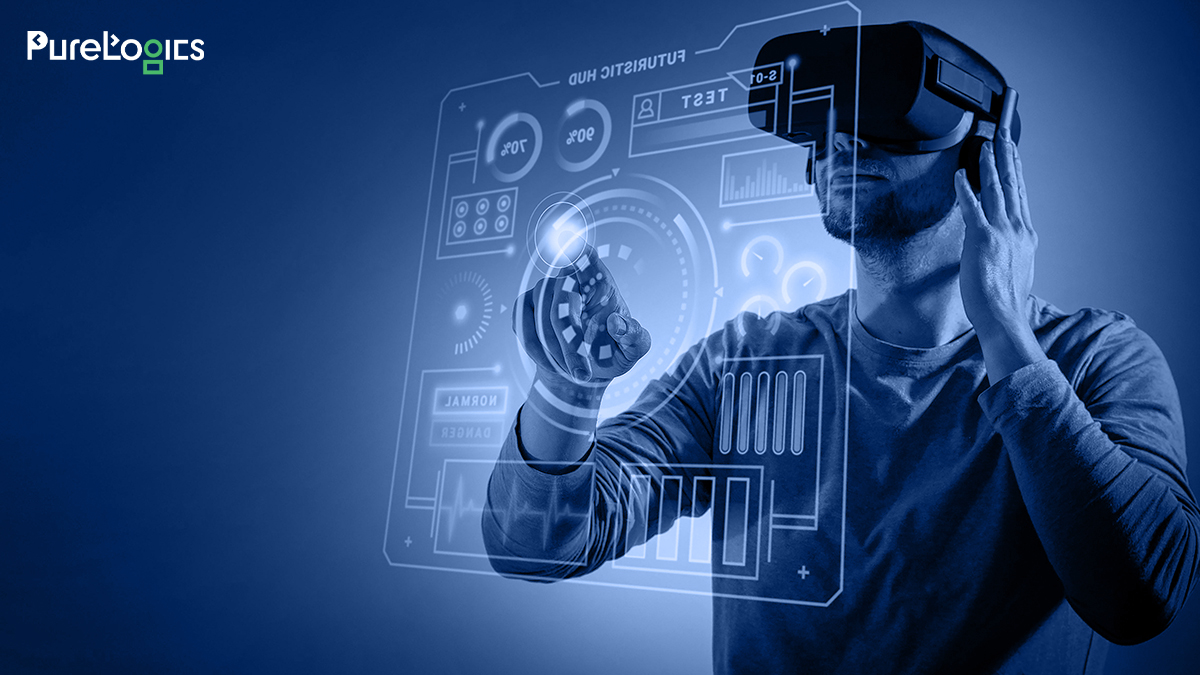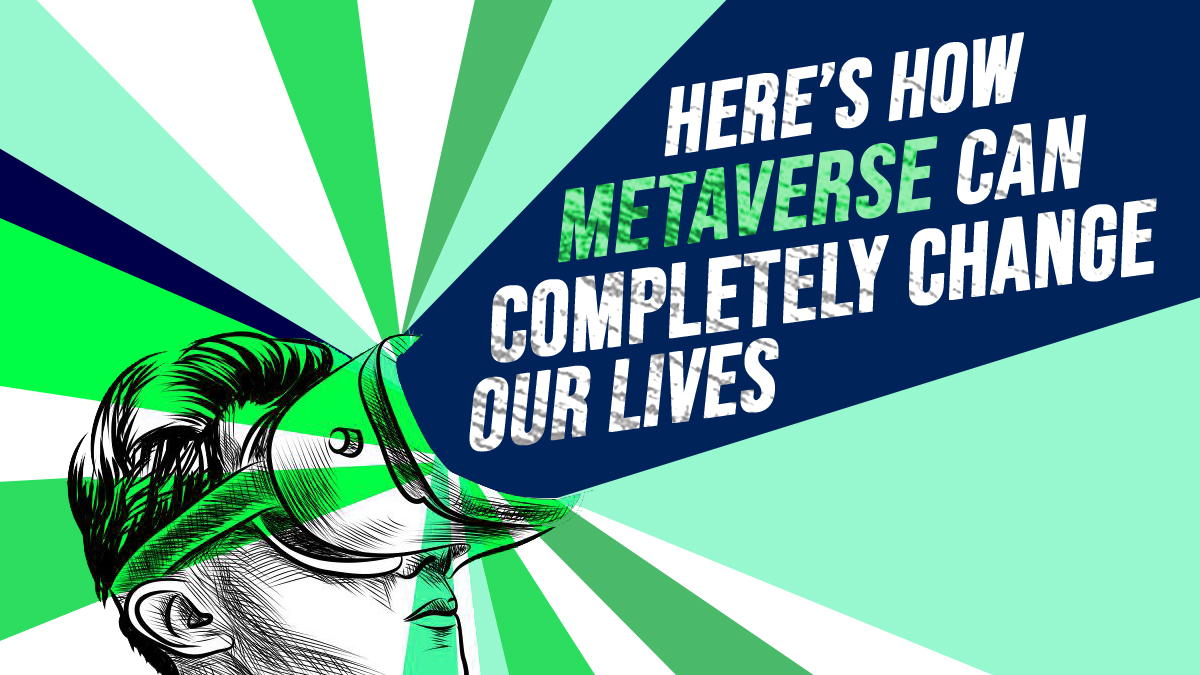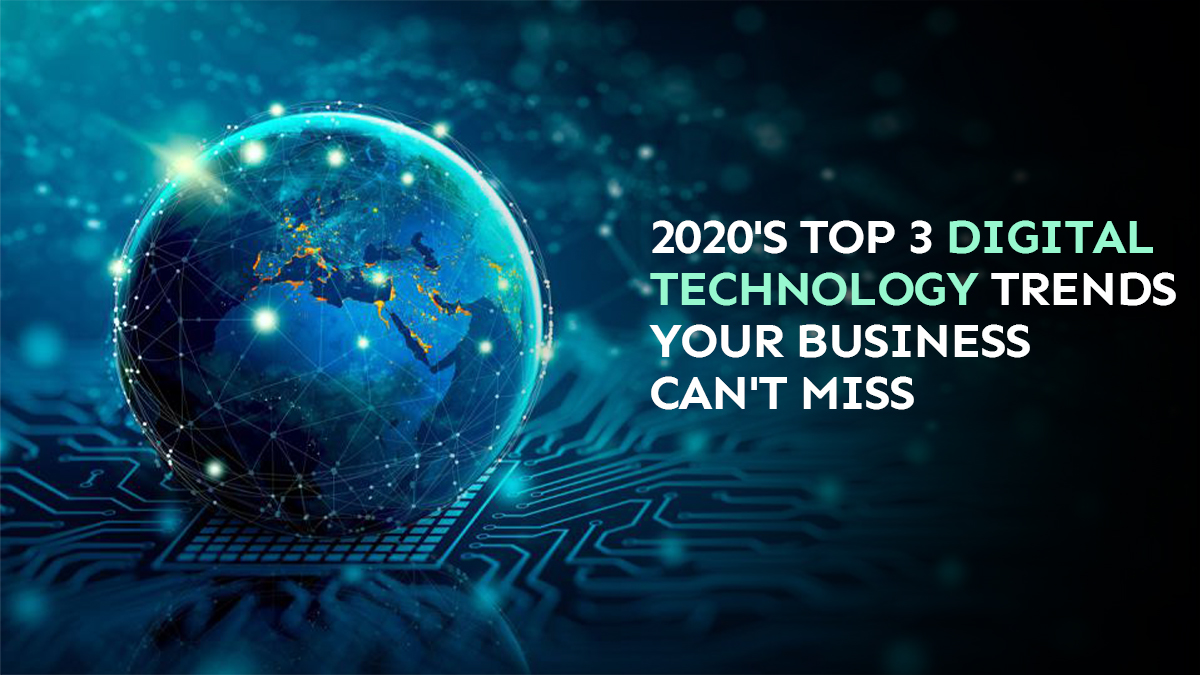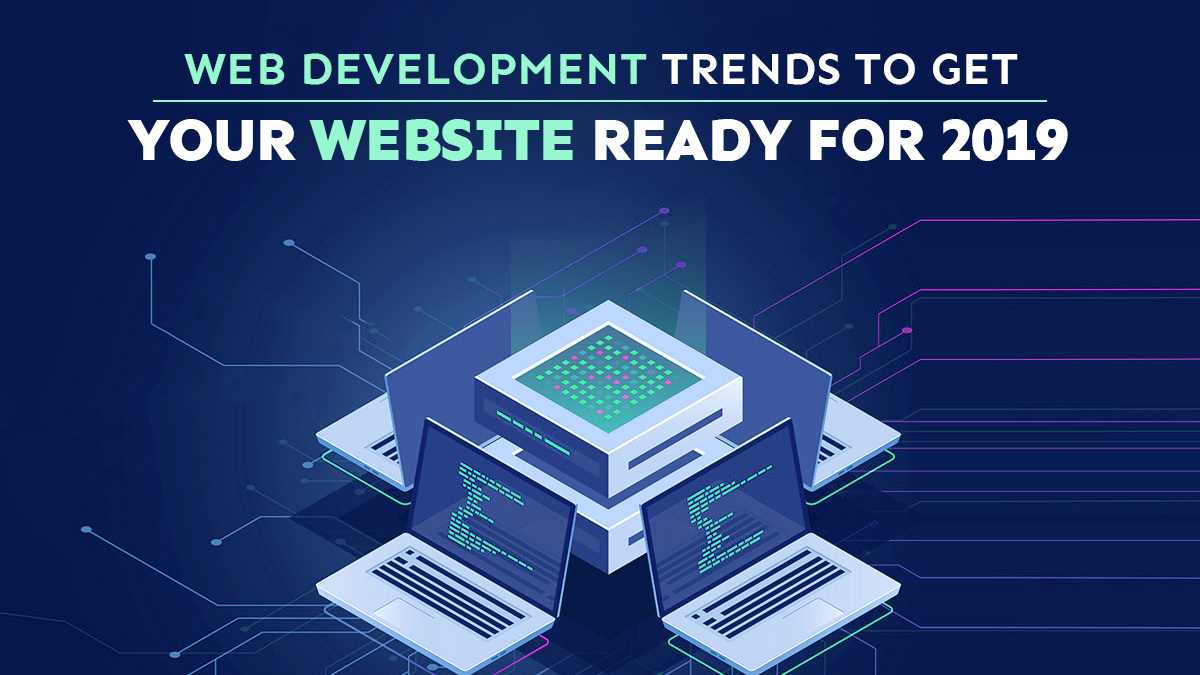A couple of years ago one of my friends discussed her idea of using augmented reality in education but it was a novelty for many people at that time and I was skeptic if her idea could ever be materialized, however, I wished her luck for the wishful thinking (at least it looked like wishful thinking at that time) but little did I know that it will become the center of everybody’s attention so quickly.
We have recently seen the world going crazy about Pokémon Go, and with this, augmented reality has driven a bit too much attention to the possibilities it has to offer. Let’s have a look at what augmented reality is in its true sense.
What is Augmented Reality?
Referring to Wikipedia, augmented reality is defined as a system that allows the superimposition of a 2D or 3D virtual model on the perception we have of the reality in real time environment.
At first glance, augmented reality means nothing more or less than the different methods that integrate realistic virtual objects in an image sequence. Thus, it applies equally well to visual perception (overlay virtual images to actual images), and other sensory perceptions, whether tactile or auditory.
The applications are therefore multiple and affect different areas: video games, educational entertainment, film, television, industry and especially the phases of design and product design or medicine.
But augmented reality is not limited to a simple definition. It is a concept that uses many technologies. Thus even the term augmented reality, alongside “virtual reality” is increasingly being made subject to challenge. It of course does not change the reality, but employs our perception and environment in a very creative way to forge a new reality.
Understanding Augmented Reality
Augmented reality is positioning itself as an interface between the “virtual” data and the real time environment. It is based on three important features:
- Combining the real world with virtual real-time data
- Instant interactivity (a change in the actual environment resulting in an adjustment of the virtual data
- And the use of 3D modeling (corresponding to world in which we operate).
Augmented reality essentially allows to contextualize the data. Although it is often associated with vision, it boosts any of the five senses which the individual has.
Specifically, the reality is captured by a system and interpreted by a computer. Much of the treatment will be to adjust the relationship between real and virtual. To wedge a building in an environment, you must position the different elements of the decor in real time.
Thus, augmented reality arises as a response to the digital intelligence questions we ask ourselves every day. Easier to “build” the virtual universe and easier to understand for people, it enriches reality. With applications offered by technology, the usage possibilities become endless.
The best known example today is definitely the application that has a US Web giant: view real time information about your virtual glasses … You just keep in mind that this technology was initiated by a certain Steve Mann in 1980 that with the eye Tap has developed a helmet that could display information before the eyes of the wearer.
How Augmented Reality Can Improve the Learning Experience?
What benefits education can actually derive from such technology? The obvious advantage is that virtual reality makes first make some more concrete abstract notions. Thus, this tool can indeed increase the interest and motivation of students and allow them to be more active in their learning.
A set of applications based on the concept of augmented reality in schools has already been envisaged: the learning of science, modeling of geometry through the teaching of languages and grammar- eventually, all the curriculum may be impacted.
Augmented reality can not only introduce a playful aspect to learning, but it has enormous educational value: object manipulation, representation in space, anatomic visualization, simulation of interactions and chemical reactions, using visual memory and gestures, etc. … the possibilities are vast.
In this type of dynamic and interactive environment, learners are actors. They discover things in action and own better knowledge. Although until now this technology works through the screen of a computer or mobile device, the rapid transformation of tools soon will use augmented reality in the classroom environment.
At PureLogics, we are keenly interested in digging out future possibilities and we welcome ideas from everyone to make technology better.


 [tta_listen_btn]
[tta_listen_btn]
 August 3 2016
August 3 2016




